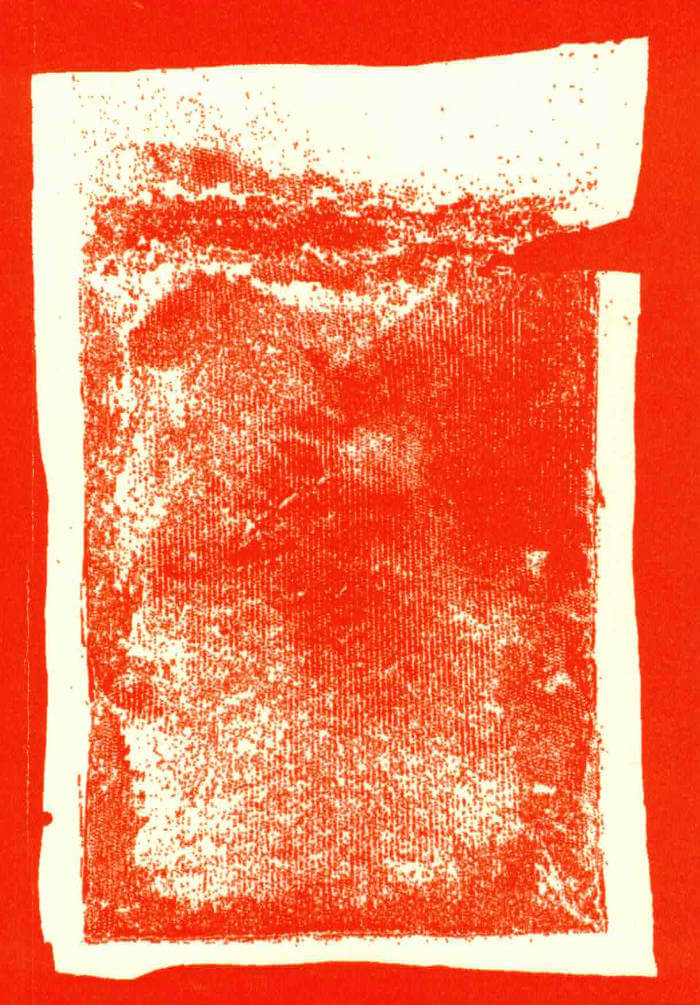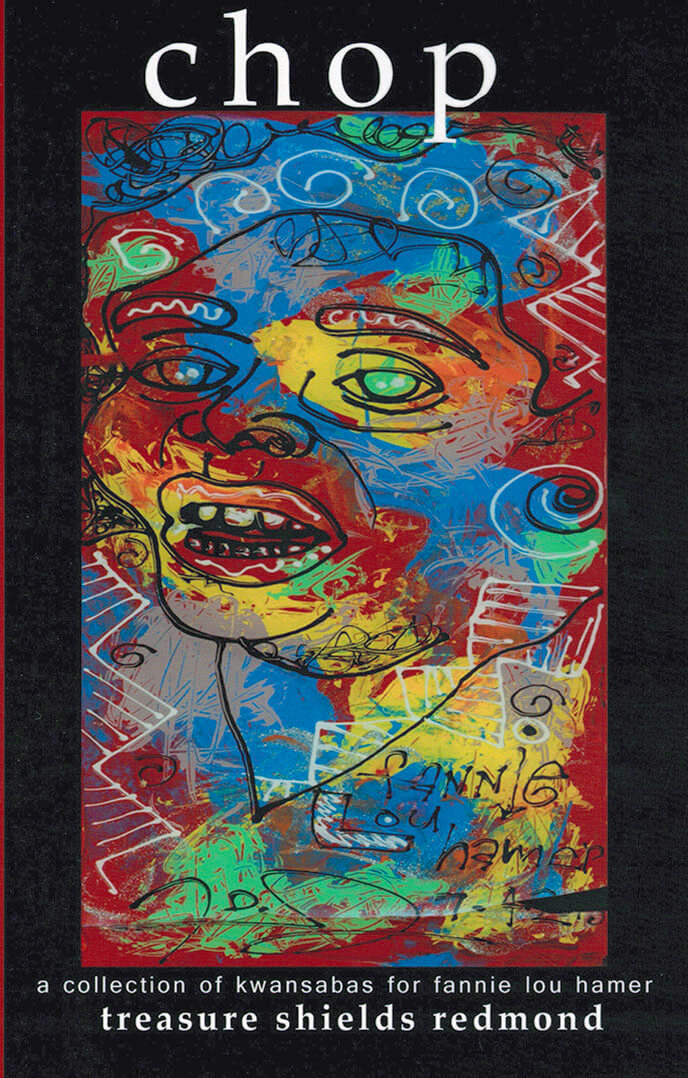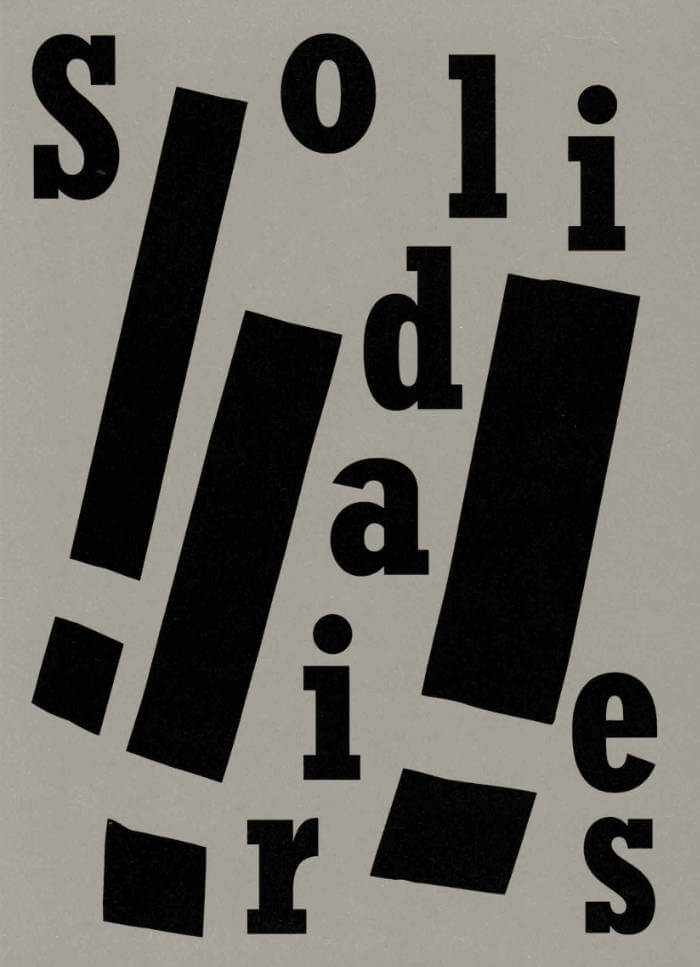
Rush Print 1 - Bad Type
Benjamin McMillan, Dong Bin Han
“May we want to reckon the time of the position ‘student’ not from the progressive aspect of amateur towards pro. Besides the fact that every step of life is an ongoing learning, there’s a clear physical(virtual) circumstance of school and an educational boundary for student, which makes student’s moment independent from any other vocations. Extra time of working on one subject with mistakenly expended deadlines, being experimental and anti-aesthetic by testing its performance, the growth on having own tone of (visual) voice while mumbling and simultaneously thinking the mumbling can be also a kind of voice. There are untamed beauties in this position.”
The inaugural issue of Rush Print focuses on the topic ‘BAD TYPE.’ A loose synonym of bad here is amatuer or ugly which is what contributors deliver as a student. The content ranges from interviews, workshops and anecdotes with 2020 participants of Grafisch Arnhem. The entire publication is typeset in student-made typefaces so the book also functions as a type specimen.
Rush Print is new magazine annually releasing out from the contributors of Grafisch Arnhem. Throughout spreads, it contains graphic design related subjects such as Types, Time, Talks, etc.
Language: English







